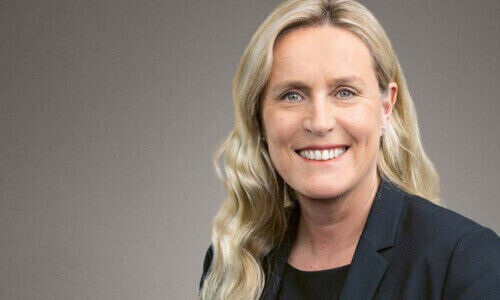UBS in Private Bank Mega Merger
UBS will merge its private banks, making for changes in its leadership. What is the Swiss bank hoping to achieve for its flagship business?
Two heavyweights will join into one: the Zurich-based bank said it will join up its wealth management unit together with its U.S. brokerage unit next month, as finews.com reported. This means Martin Blessing, who just took on the private bank after long-standing head Juerg Zeltner left suddenly last month, will co-run the new unit together with Tom Naratil.
The move burnishes the standing of Naratil (pictured below), the Swiss bank's U.S. head who returned to New York in 2016. He had won plaudits for four years as UBS' finance chief following the financial crisis.

The combined unit's client assets total nearly 2.6 trillion Swiss francs, and the move should forever banish speculation that UBS could sell its U.S. brokerage. The bank gave little detail on what the move the merger will mean in practice for hot wealth spots like Asia.
Job Cuts?
UBS wants to become nimbler, faster, and cheaper through the move. The U.S. is a very different wealth market than the rest of the world, where UBS is increasingly trying to win the ultra-rich as clients: the bank said it will maintain regional differences in how it caters to clients, but it will try to tie up middle- and back-office functions by joining the two units. The bank didn't disclose whether the move will result in job cuts.
The bank said it had begun drawing the units closer two years ago, including by integrating the business with ultra-high net worth clients, its family office, and a Chief Investment Office which publishes the bank's official investment ideas. The full merger is the next logical step, CEO Sergio Ermotti said.
The merger will happen quickly – at least on paper. The bank said it will report the merged entity from first-quarter results in May, and in March publish historical results as if the units had already been joined.



























